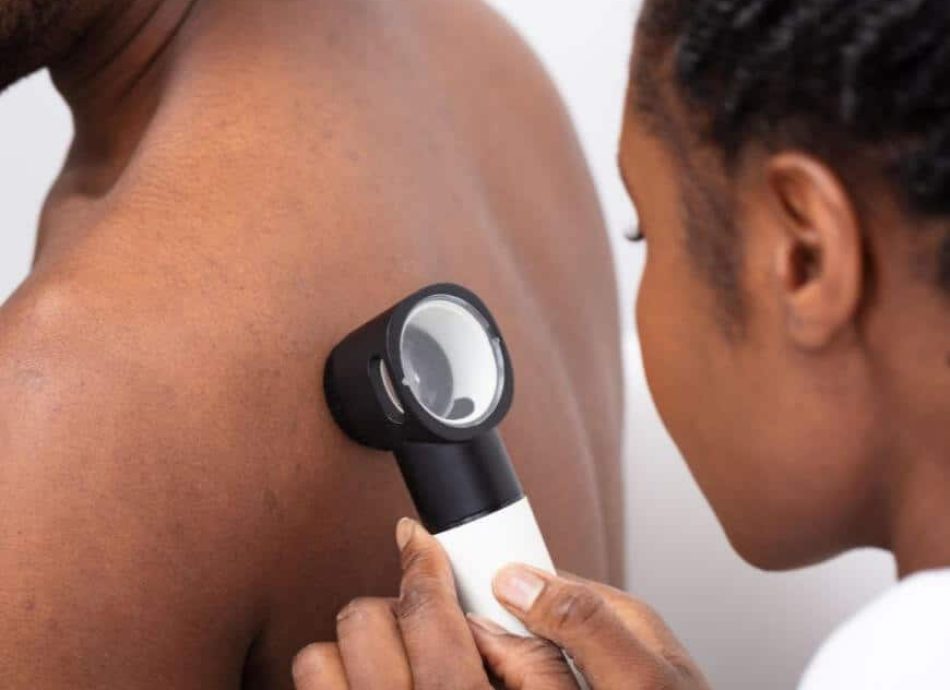Leg Veins Treatment
Award winning dermatology service, with over 20 years on experience
Short waiting lists, on some occasions offering same week appointments
Safe environment, in Care Quality Commission approved facilities
Leg Veins Treatments Include:
Leg Veins Treatment
What are leg thread veins?

What causes leg thread veins?
What is the best treatment for leg veins?
LASER THERAPY
Laser therapy uses concentrated laser energy to heat and destroy certain veins. This therapy is commonly used for small spider veins, and for best results, numerous sessions may be required.
SCLEROTHERAPY
How long does it take to recover from leg vein treatment?
The recovery period following leg vein therapy can vary depending on the surgery and individual characteristics. Here are some of the most common leg vein treatments and their recovery times:
– Laser therapy involves the use of laser light to heat and seal off troublesome veins. When compared to standard vein stripping surgery, recovery time is often shorter. Most patients can return to normal activities after a day or two, but intense exercise and heavy lifting should be avoided for a few weeks.
– Sclerotherapy includes injecting a solution into the afflicted veins to seal them off. Most people are able to resume their regular activities immediately or within a day of their surgery, thus recovery time is usually low. It is, however, advised to avoid strenuous exercise and prolonged standing for a few days.
FREQUENTLY ASKED QUESTIONS
ARE THE RESULTS OF LEG VEIN TREATMENT PERMANENT?
IS LEG VEIN TREATMENT PAINFUL?
ARE THERE ANY NATURAL REMEDIES FOR LEG VEINS?
CAN LIFESTYLE CHANGES HELP IMPROVE LEG VEIN HEALTH?
CAN PREGNANT WOMEN DEVELOP LEG VEINS?
CAN PREGNANT WOMEN UNDERGO LEG VEIN TREATMENT?
REQUEST A CALL BACK
Please fill in this form and one of our team will give you a call back to arrange a consultation with one of our expert dermatologists.

HEAR FROM OUR PATIENTS
WHY CHOOSE LEG VEIN treatment AT STRATUM DERMATOLOGY CLINICS?
We work with leading experts in the field of dermatology to ensure you have the best experience and treatment. Stratum Dermatology Clinics are regulated by the Care Quality Commission, are part of the British Association of Dermatologists and are top-rated by patients on Doctify so you can assure safe and effective leg vein removal with us.
latest INSIGHTS AND ADVICE

Preserve Your Skin, Maintain Your Youth – The Essential Guide to SPF
Unleashing the Potential of Sunscreen Ever wondered why the SPF label is so omnipresent on skincare products? The SPF world is a labyrinth for skincare newbies and wellness enthusiasts. We’re here to guide you. In this guide, we’ll delve into the reasons for SPF being

Understanding Varicose Veins: Symptoms, Treatments and Prevention
Varicose veins are twisted and enlarged veins that can mar the beauty of your legs and cause discomfort. Varicose veins touch the lives of many, particularly as we age. Understanding these unwelcome guests is key to managing and potentially overcoming the challenges they present. In

Acne Awareness Month – From Causes to Care
June is globally recognised as Acne Awareness Month – a period committed to comprehending and tackling one of the top skin disorders affecting people everywhere. Acne Awareness Month reminds us of the necessity of learning, support and availability of effective treatments for those battling acne.



